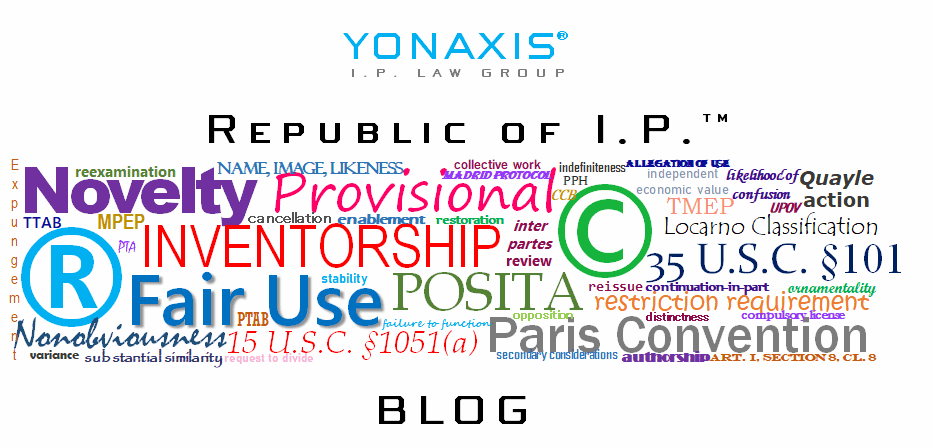Copyright cases require plaintiffs to prove specific elements to establish a valid claim. Understanding these requirements is necessary for both copyright holders seeking to protect their work and defendants facing allegedly infringing allegations. This post examines the fundamental elements of copyright infringement, focusing on the analysis of the copying requirement. Because the Court of Appeals …
Tag: infringement
Understanding the Selection-and-Arrangement Theory in Copyright Law
Introduction In copyright infringement cases, courts must determine whether one work impermissibly copies another’s protected expression. While the widely used “extrinsic test” focuses on comparing specific elements between works, the selection-and-arrangement theory offers a different analytical framework that recognizes that creativity often lies in how creators select, coordinate, and arrange elements—even when the individual components …
Blurred Lines of Musical Copyright Infringement: The “Blurred Lines” Case
Introduction On March 10, 2015, a federal jury found singers Robin Thicke and Pharrell Williams infringed the copyright of Marvin Gaye’s song “Got to Give It Up.”[1] The jury verdict is the first significant copyright infringement ruling involving songwriting and music since 1994.[2] Almost immediately, criticism of the ruling appeared on the Web and social …
